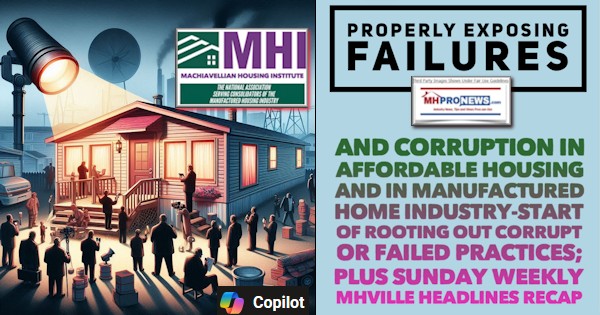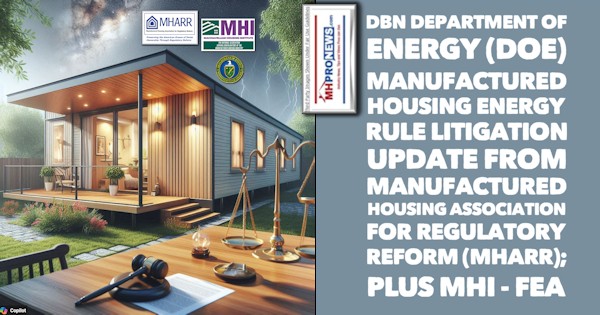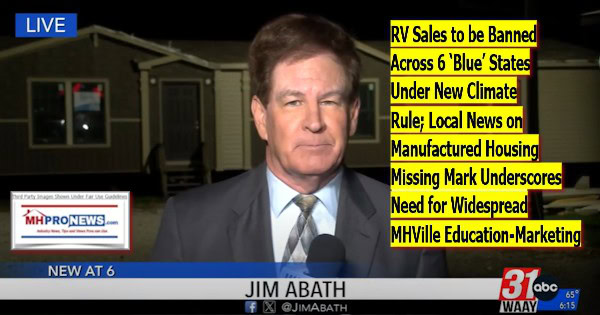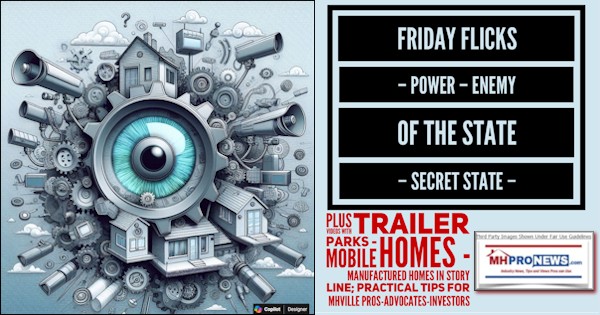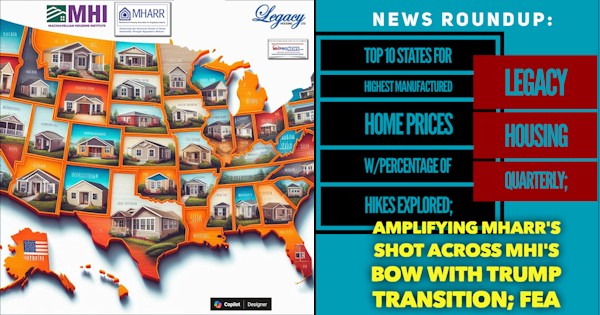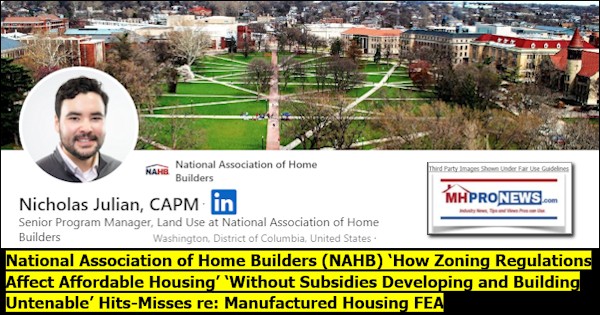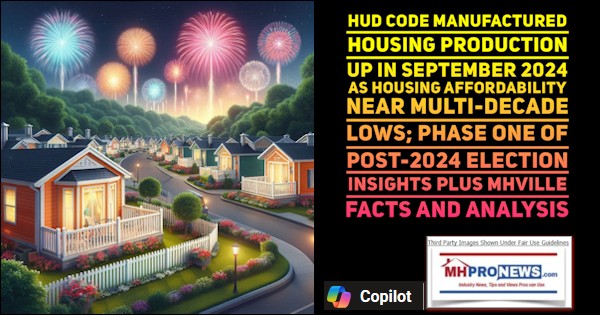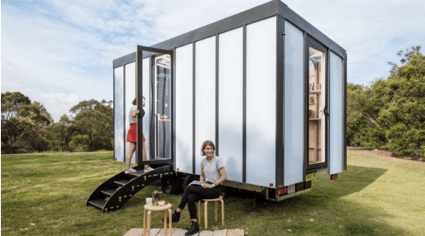
In Australia, a handful of smart entrepreneurs believe that they have the answer to the nation’s housing crisis.
And, the answer lies in “flat pack” prefab.
According to Domain AU, and as the Daily Business News originally covered here, Big World Homes founder and architect Alex Symes has come up with what he calls “three tools and a set of instructions,” prefab homes that he estimates cost 80 per cent less than a similar-sized home.
“We’ve designed a flexible system that allows people to take control of their shelter,” said Symes.
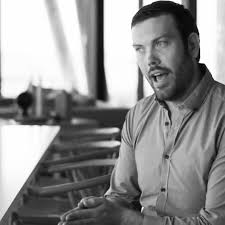
Coming in at a cost of $65,000 each, the off-grid buildings come with a water tank and solar power capacity.
“We’re negotiating with government entities who may come to the party with land,” said Symes.
“But we already had lots of private landowners chomping at the bit to help because they know there is a problem, they have land that can be used (with local council approval), and they want to help.”
Symes believes that his innovative solution will provide younger people with a starter home, that they can add on to or move elsewhere, matching up with the desires of those younger buyers for flexibilityy without sacrificing quality, at a reasonable price.
The innovate style of Big World Homes was pointed out recently by Australian Institute of Architects Professor Ken Maher during his housing affordability briefing at Parliament House.
“These homes demonstrate what is possible when creative minds take a fresh look at recurring problems,” said Maher.
“Architecture was the logical profession to be called to the forefront of the solution finding and added how, with pre-fabrication building processes coming of age … they can be a game changer in affordable housing.”
This opportunity has also brought others to the table, including architect Bill McCorkell, via his company, ArchiBlox.
“Off-site constructed houses are marginally cheaper than comparable-sized, conventionally-built homes by about 10 to 20 per cent,” said McCorkell.
“The six month from concept to occupancy process is another aspect making prefabs attractive to a market interested in time-efficiencies.”
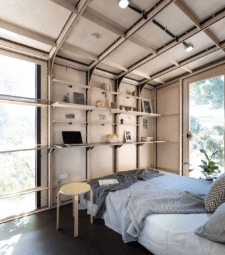
McCorkell also pointed out that a key component in making prefab homes work in this scenario would be volume.
“Until we can build 200 houses at a time we’ll struggle to match the efficiency margins of the big volume builders,” said McCorkell.
“If the Government did come to us with orders for 200 houses, it would allow us to get the costs down to around $1000 per square meter.”
Symes and McCorkell both point out that despite some of the potential challenges, the opportunity to help people, and to do substantial business, is significant
“In contrast to a place like Japan where 80 per cent of new housing is pre-fabricated, the scale of the Australian pre-fab scene is a mere three per cent,” said McCorkell.
“But the market is developing, and fast,” said Professor Maher.
“As architectural creatives put time and thought into coming up with the housing affordability, it’s a game changer that isn’t going to be predicated on a house price crash scenario.”
(Image credits are as shown above.)

Submitted by RC Williams to the Daily Business News for MHProNews.






